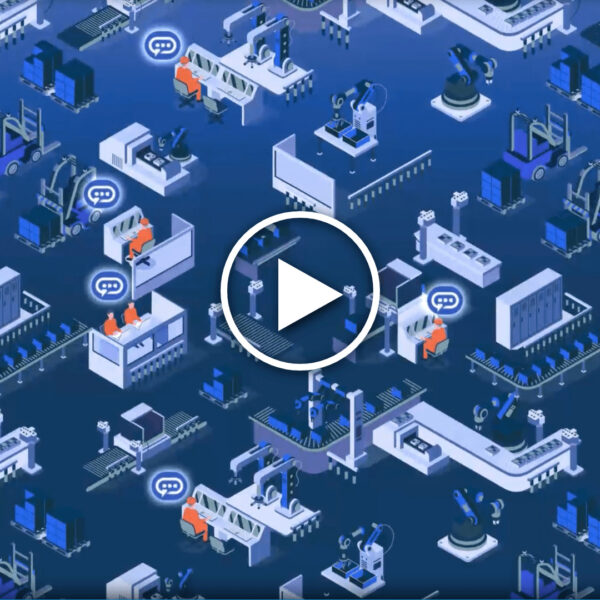
First Look: Onsight NOW

In this digital transformation era, there is no shortage of technologies an enterprise can invest in to truly transform their businesses. One of these technologies include enterprise wearables. Wearables within enterprise present an opportunity for more efficient, hands-free work, especially when integrated with augmented reality (AR) tools. With established hardware players like RealWear, Google Glass, and Epson as well as big players like Microsoft entering the market, building a use case for wearable devices is now a priority for enterprises.
Enterprise Wearables range from smartglasses to wearable sensors. According to ABI Research, by 2022 enterprise wearable device revenue will reach $60 Billion USD. To help define some of the ways these wearables drive value, we’ve rounded up three of the top use cases we see across our enterprise customers.
When it comes to inspecting heavy industrial assets, there are a lot of ‘moving parts’ and specialized knowledge that can impact performance. Pairing a wearable device with digital work instructions enables an inspection use case that adds value across an enterprise.
What do we mean by digital work instructions? It’s an application that allows you to digitize your traditional paper forms and processes to guide inspectors through consistent, safe and accurate inspections. Combined with a pair of smartglasses, workers can perform these guided inspections hands-free while capturing asset data and formalizing the sign-off.
Example
Imagine a field inspector is at a customer location performing a production line equipment inspection. Armed with smartglasses loaded with work instruction software, the inspector can scan the asset ID, capture or view relevant visuals, record data, and generate a full digital report to add to their knowledge base.
Another very common application on many enterprise wearables is remote mentoring This software instantly connects field workers to remote experts, vendors, or other team members to virtually collaborate on assets or environments. Remote mentoring can save hours when a field worker needs instant help or advice from an expert who could be hundreds or thousands of miles away.
Using this application on a wearable, field techs can perform tasks hands-free while talking and viewing feedback from remote experts. With built-in augmented reality capabilities, remote experts can draw on top of the live visuals or send snips of manuals to augment the experience for the field workers.
Example
For instance, a new field technician for a manufacturing company is at a customer location for the first time and requires direction from a product specialist. Instead of emailing pictures or video back and forth, the field worker uses the remote mentoring application on their wearable device. The worker streams exactly what they see to their remote specialist in real-time. The specialist provides guidance, controls the wearable camera, draws onscreen, captures pictures, and adds text to augment what the worker sees in the field.
The last common use case is providing field teams with easy access to content such as schematics, product manuals, or recordings of previous troubleshooting events. This use case is commonly required when technicians are troubleshooting assets in the field or performing an inspection. Cheryl McKinnon, Analyst at Forrester Research referenced how important an enterprise content management (ECM) system and the ease of access to that content is as part of digitization strategies in the Analytics, Cloud, And Intelligent Content Services: Stay Ahead Of The Curve report. In 2017, ECM program leaders named digitization of business processes as one of the top two reasons for investing in ECM, followed by better sharing of content.
Access to secure content repositories that are easy to search based on asset ID, support ticket number, or other helpful tags are essential. Being able to see this content in an augmented display can enable workers to help themselves.
Adding the ability to augment these content systems with pictures, recordings, and data automatically from inspections or troubleshooting events is also important. Digital work instruction and remote mentoring software tools can automate this content upload process to add value.
Example
Imagine an aerospace technician is called in to inspect or troubleshoot an engine. With a wearable device on their head and the proper software loaded up, the tech pulls up recent pictures, manuals, and schematics while working hands-free. The tech can see the visuals to identify changes in the asset and corrective actions.
These three high value use cases are common across industries such as aerospace, energy, and manufacturing. With the continuous advancements of enterprise wearables, we expect our customers will identify new use cases for operational improvements. For more information on enterprise wearables, visit our solutions page enterprise wearables for the connected worker.
Written by Marieke Wijtkamp, VP Marketing & Client Services, Librestream